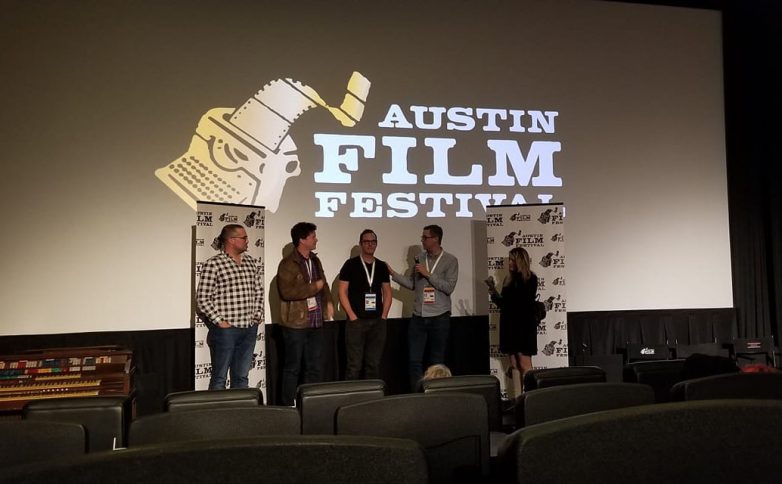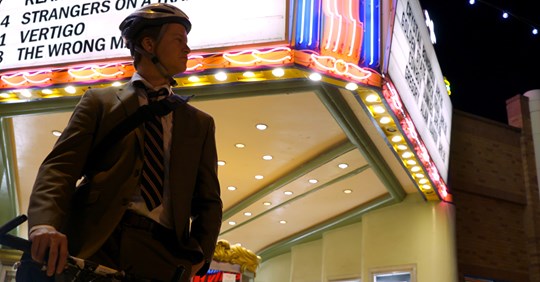Author: nalaninuylan
-

A Salute to the Veterans Resource Center
The Place for Students Who Served Story by: Jace Puckett Veteran students are able to receive academic, financial, and personal assistance while enrolled at Austin Community College through a resource known as The Veterans Resource Center located at Highland Campus. Located in building 4000, the first thing a student will see when they walk in…
-

ACC Encourages Students to Utilize Resources to Combat Food Insecurity
[vc_row][vc_column][vc_column_text] The ACC community sheds light on the silent issue of food insecurity amongst its students. Story and video by: Marissa Greene How can a house stand tall when it is built on sand? Similarly, how can a student achieve success when lacking the physiological needs such as food, shelter, and sleep? According to the…
-

ACC Implements new Payment Deadline
Story by: Nalani Nuylan Austin Community College will implement a new tuition payment deadline in Spring 2020. This new system eliminates confusion and to help students save their money. Here is the need to know information regarding the new payment plans. Students registering on or after January 6 will need to pay their tuition by…
-

ACC Therapy Dogs
Austin Dog Alliance Brings Therapy Dogs to Help Students De-stress Written Story by: Marissa GreeneVideo and Photo by: Alexa Smith One too many cups of coffee. Deciding whether or not to pull an all-nighter. Spending more time on Quizlet than you thought one human was capable of. If you got shudders from any of those…
-

Sexual Safety at ACC
Written by: Regina Seanez *ACCENT is not reliable for providing any medical advice to students and if they are unsure about their health they should seek a medical professional.* Even though we’ve seen our society grow into more of a welcoming environment for tough conversations, there are still some topics that are still left in…
-

Things to do in Austin Over Winter Break
How to make the most of your break Story by: Nalani Nuylan It’s the most wonderful time of the year. The gift-giving, family time and quirky traditions. With a month to ourselves over the Holiday season, here are some festive activities you and your loved ones can do in Austin over winter break. See ZACK…
-

Is Self-Care Self-Indulgent?
When Self-Care Is Taken Too Far Story and Video By: Jace Puckett What comes to mind when you think of self-care? Facial masks, binging on snacks, taking a mental health spa day? While all of these things can be good in moderation, they may not be the most productive ways to actually take care of yourself.…
-

SOJOURN Stands out in Stage 32 Screening at Austin Film Festival
Creativity and storytelling skills from around the country were on display in one of the many short film screenings at the Austin Film Festival Review by: Alexa Smith Austin Film Festival’s Stage 32 Short Film screening offered a variety of productions in varying genres. The short films originated from a contest that was hosted by…
-

Austin Film Fest: A Patient Man Interview
The 26th Annual Austin Film Festival came to an end on Thursday, Oct. 31. As a hidden gem among the various film festivals from around the world, a variety of independent film screenings were showcased across the city. One of the screenings was “A Patient Man”, a film about a man who survives a car…
-

Austin Film Festival: A Patient Man Review
Independent film reflects on the condition of the human mind in drama thriller. To read ACCENT’s interview with the filmmakers, click here. Review by: Nalani Nuylan How do we know the people we choose to befriend? By proxy, how well does the audience know the character(s) they are following? “A Patient Man” is the film…
